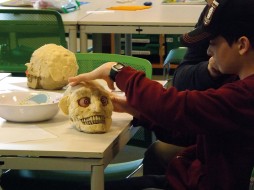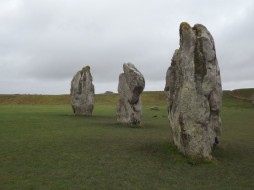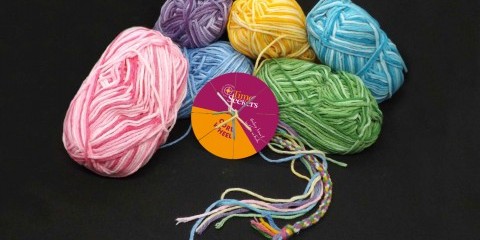
Cord Wheels
The cord wheel is an ancient method of creating thread or cord. Over the centuries it was used to ornament clothing of the rich and poor alike. While those who could afford it wove silks onto cloth of gold and velvet, those of lower incomes spun and dyed wool into a variety of colours to enhance their everyday wear.
Today, these woven cords are still fun to make and can be used to create friendship bracelets, key rings or decorate clothing.
What you will need to make a Cord Wheel
-
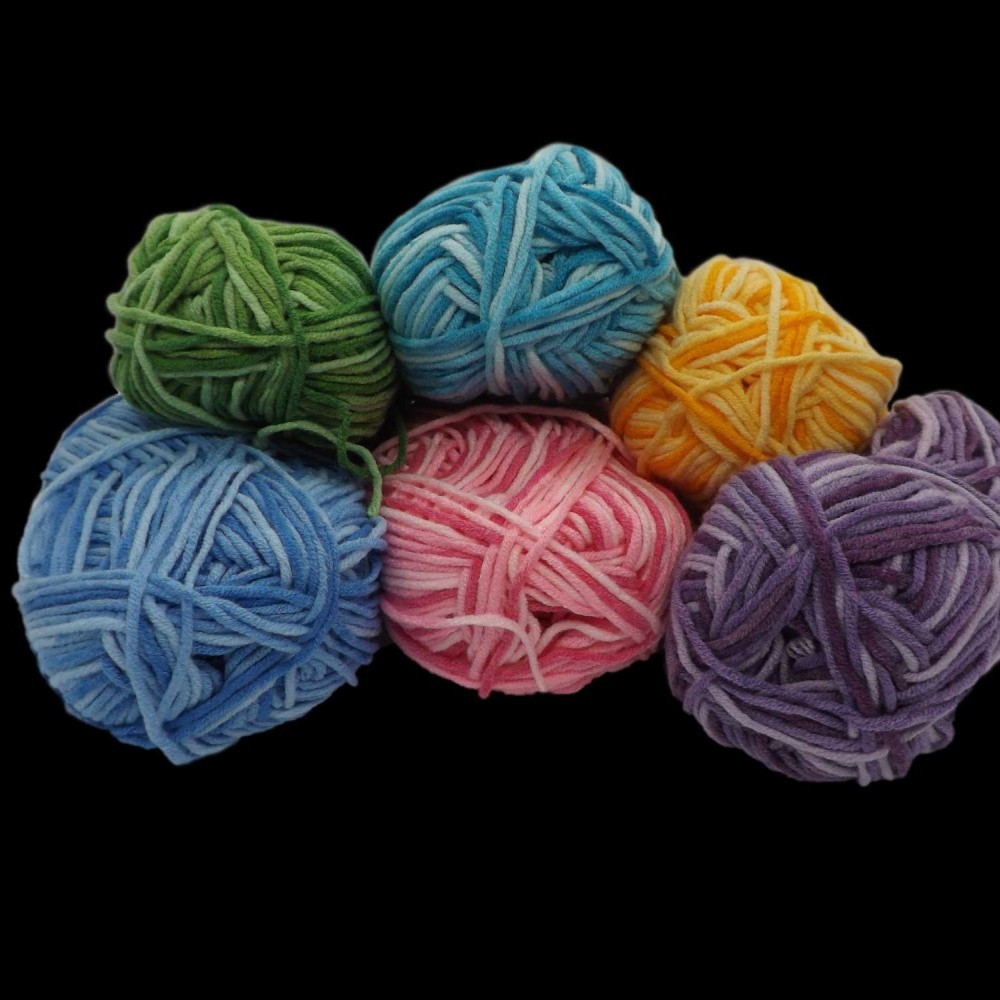 Colourful Wool
Colourful Wool -
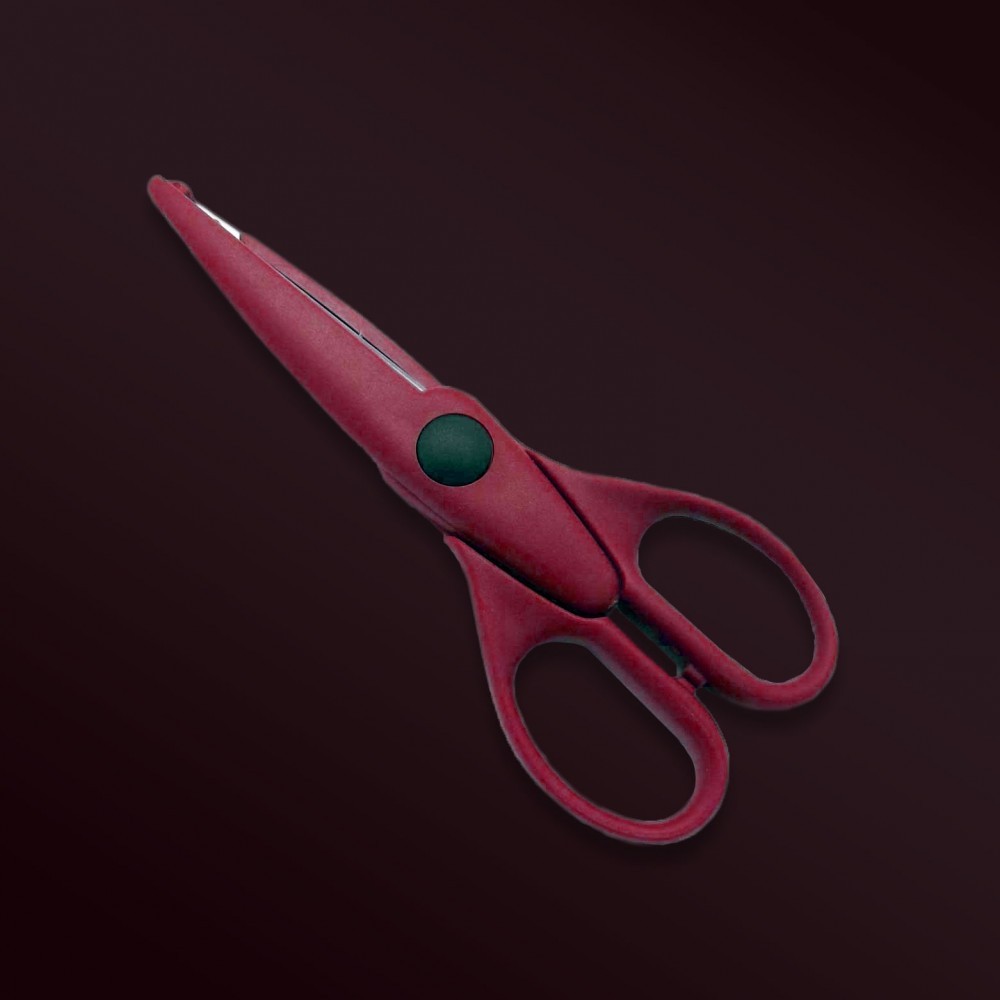 Scissors
Scissors -
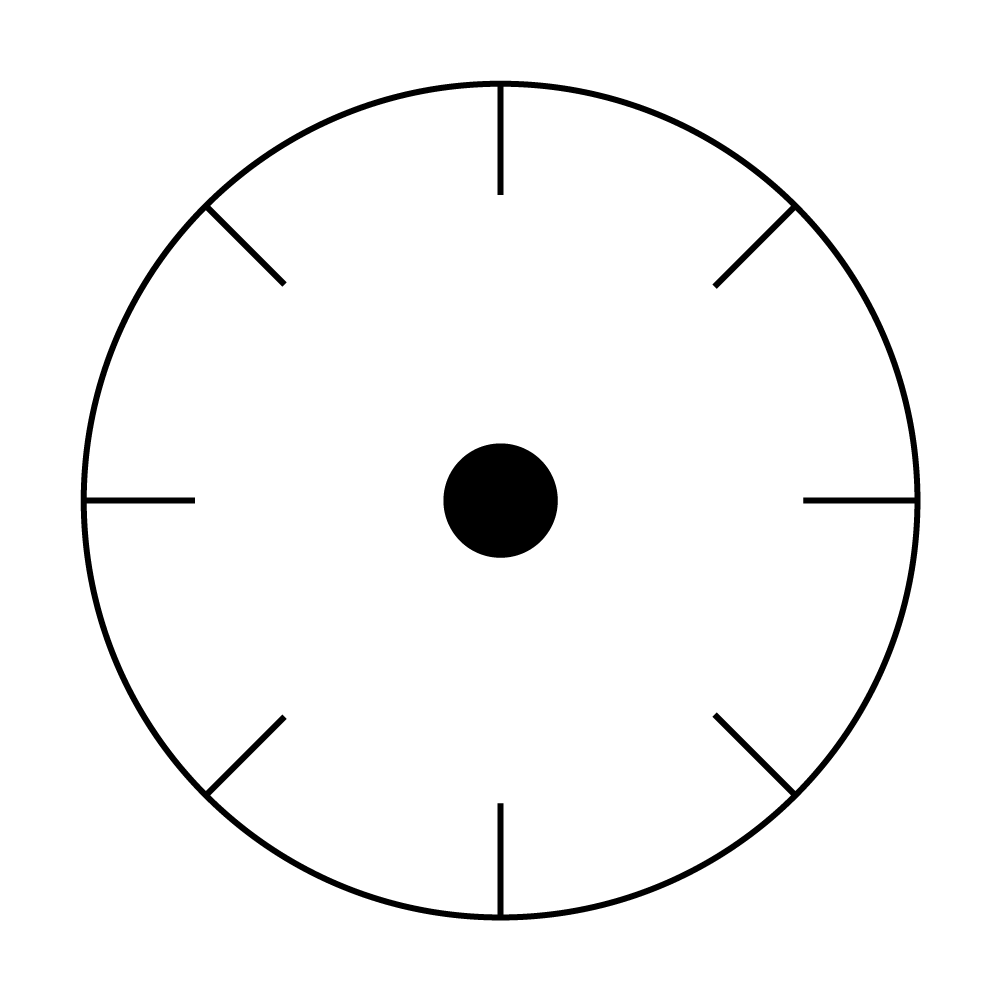 Cord Wheel TemplateDownload Template
Cord Wheel TemplateDownload Template
How to string a Cord Wheel
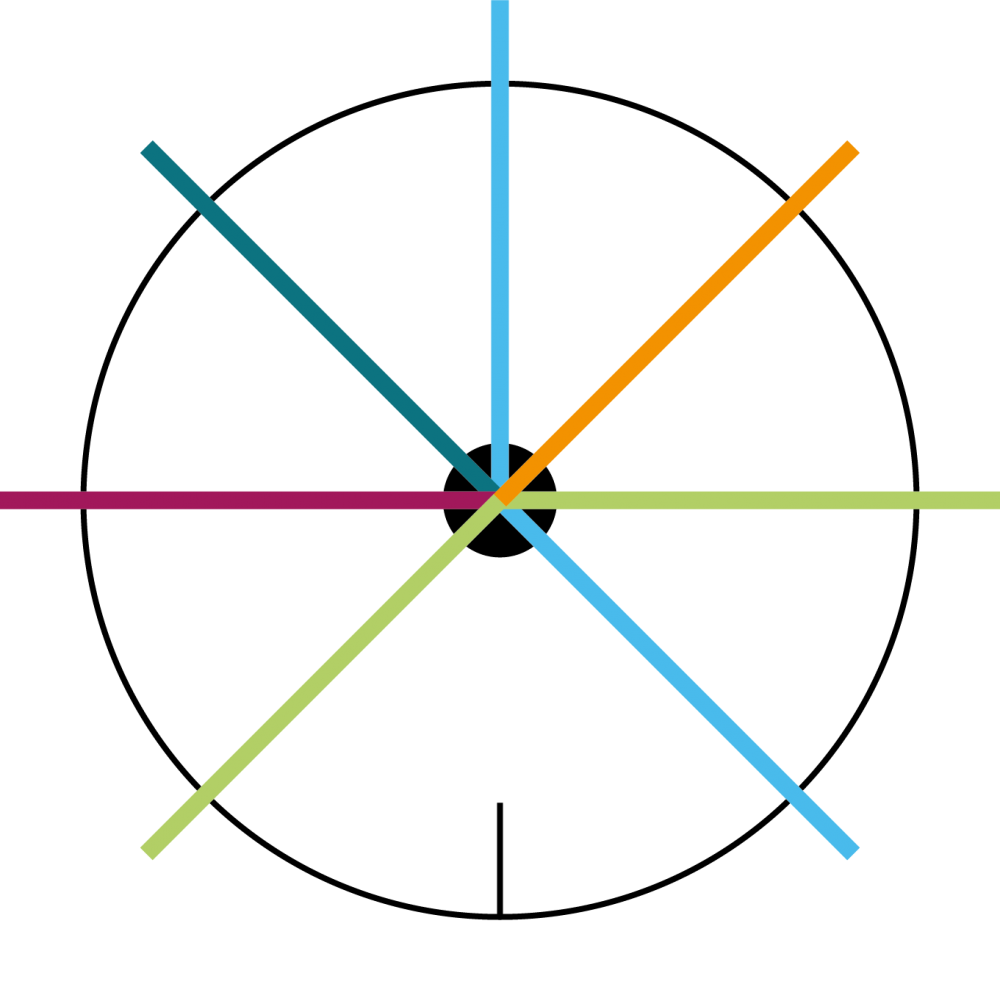
Cord wheels are very easy to use. First, take the circular frame template and cut along the black lines to create eight notches.
Next, cut severn threads of wool to the same size. There needs to be at least two different colours to make the patten work, but the more colour the better.
Group the threads together and tie a loose knot at one end. Push the knot through the centre hole of the template frame and seperate the threads so that each fits into one of the eight notches.
There should be one spare notch left at the end.

How to weave with a Cord Wheel
Once the wheel template is strung it is easy to work with.



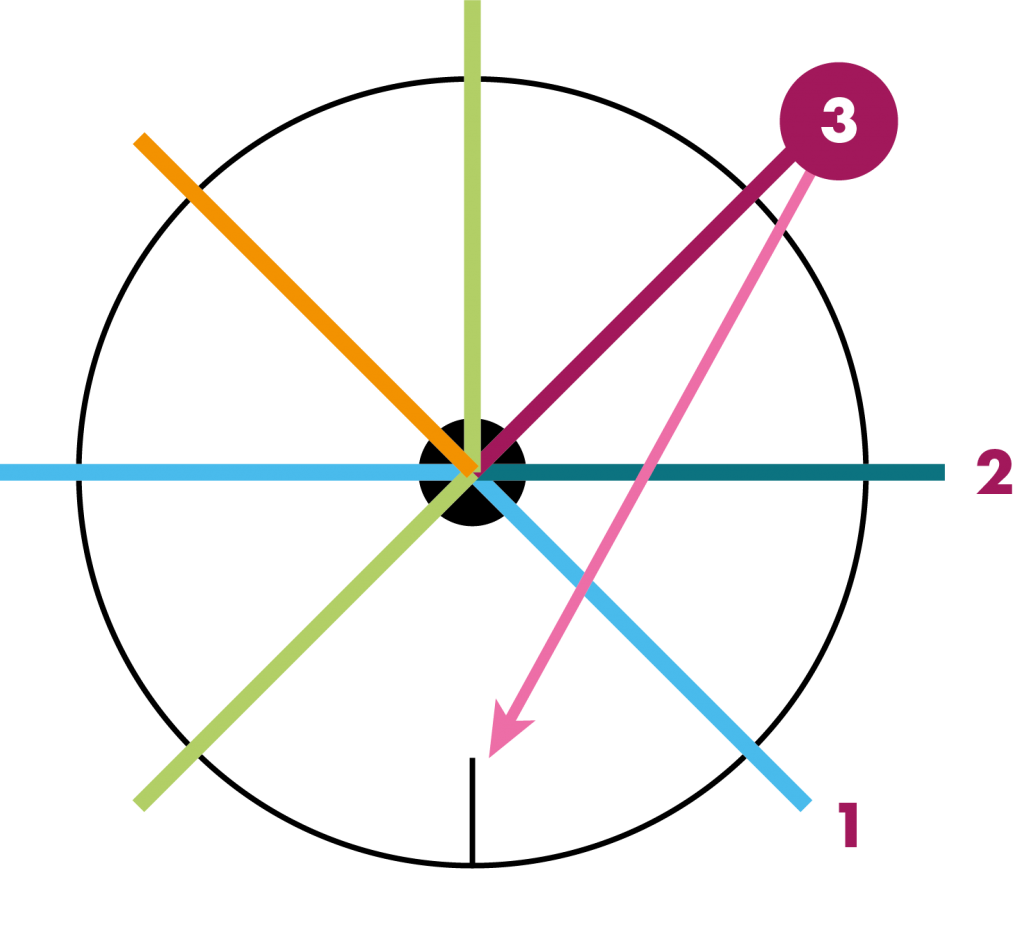
- First, keep the empty notch pointing towards the floor. Then count three threads up the right hand side of the wheel (anti-clockwise).
- Take this thread out of the notch, jump it over the first two threads counted and fit it into the empty notch facing the floor.
- When you have done this spin the wheel so that the empty notch faces the floor again.
- Repeat the process until the threads have all been woven into the pattern.

Finishing
When you have finished weaving the cord wheel, take the cord off of the template frame then tie and trim the loose ends. This piece of cord can now be used to make a friendship bracelet or be sewn onto a piece of clothing for decoration.
Time Seekers History & Archaeology School Visits
Call Amie on 07535 666571 or .(JavaScript must be enabled to view this email address) to discuss our range of school Topic Days and Virtual Visits and how they can help enhance your school history projects.
